Agency city / Graz
On the make
Austria’s second city is a hub of activity – and a place of opportunity – for its young creatives.
On first inspection Graz appears to be what you’d expect from a small Austrian city. An old clock tower sits atop a lush green hill overlooking a neat grid of pastel-hued buildings. It’s a pretty place for sure but as we roll into town on a crisp winter morning an edgier aesthetic begins to reveal itself. The classic serif signage of Graz’s best baker, Auer, sits splendidly on a hot-pink painted exterior. Sharp logos also adorn the windows of copious architecture and advertising firms, while well-turned-out students from the city’s many universities stroll the streets.
It’s not all pretty (Sir Peter Cook’s Kunsthaus Graz is an acrylic-clad monster of a museum by the Mur river) but thoughtful design permeates this city.
“There’s a feeling here that design is not just an industry but the way a fast-growing city solves its problems,” says Mike Fuisz, whose branding agency Moodley sits in one of the nicer modern buildings. The clients of Moodley – a 70-staff firm with a second office in Vienna – range from Martin Auer, whose bakery chain Moodley rebranded, to Volkswagen Slovakia. While cars are Graz’s key industry (Mercedes-Benz’s iconic G-Wagen is assembled here), the trophies Moodley has won during its almost 20 years show that design and advertising are high on the business agenda too.
“It’s nice to be a part of making the city more international,” says Fuisz. “We were engaged in helping Graz become a Unesco City of Design in 2011. There are something like 400 cities as large as Graz in Europe so to stand out you need to be doing something special.”
Fuisz says that now is the time for second cities: charming, laidback and less touristy places that have a high quality of life and are well connected. As Austria’s second-largest city and the capital of the state of Styria, Graz embodies these virtues by having affordable living costs and an international airport that reaches key European capitals, while Vienna is two hours away by car. Moodley’s clients stretch far beyond the city but Fuisz says that the design work commissioned in Graz is as challenging as anywhere else. “Most of our clients are the next generation, young people who want to do it their way. They have a visual approach and an eye for aesthetics.”


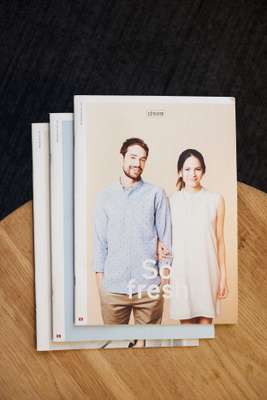
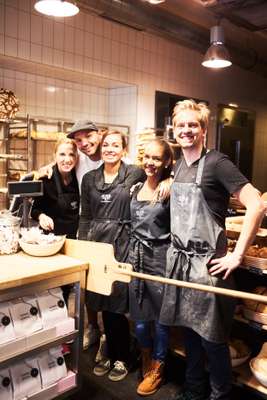
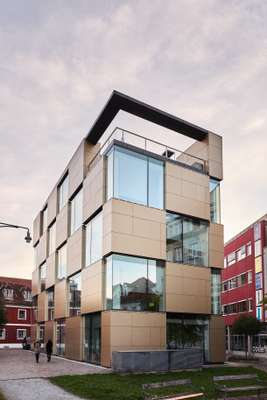
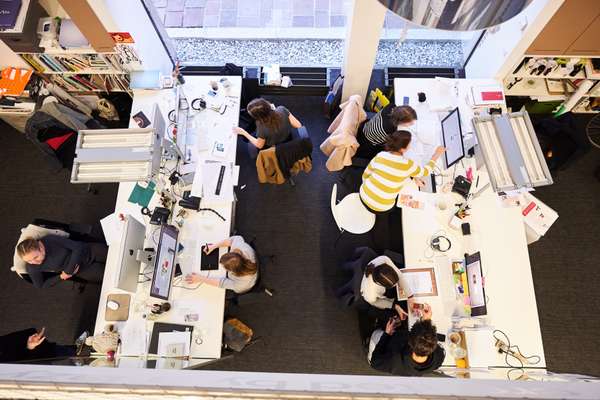
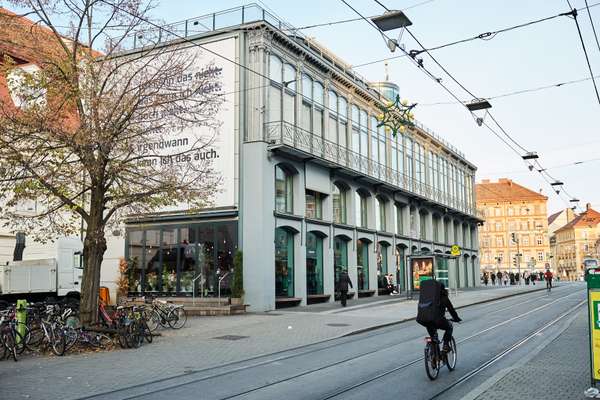


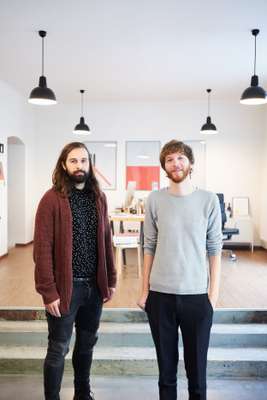



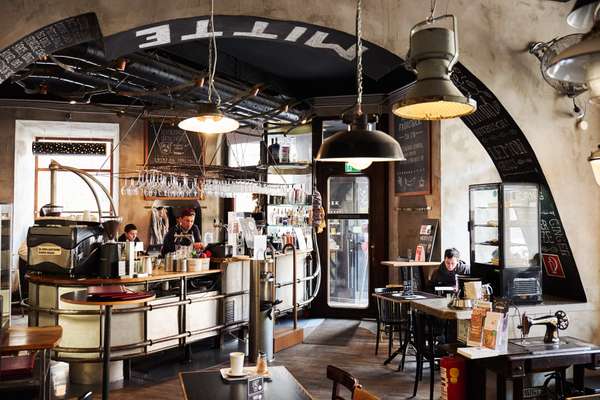
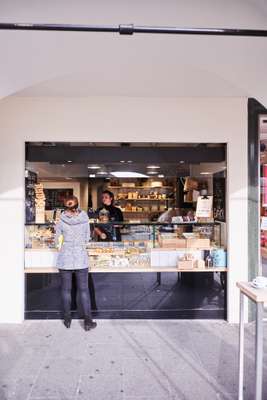


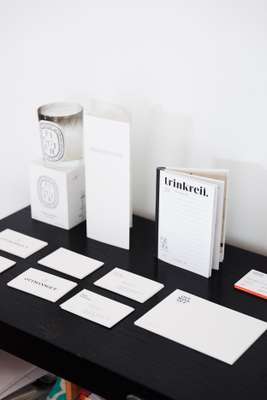
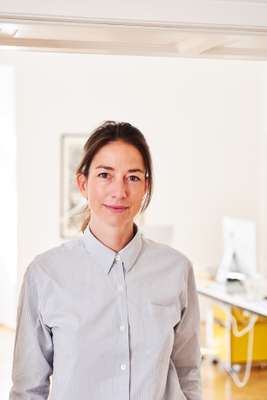
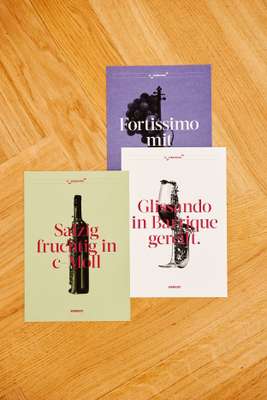
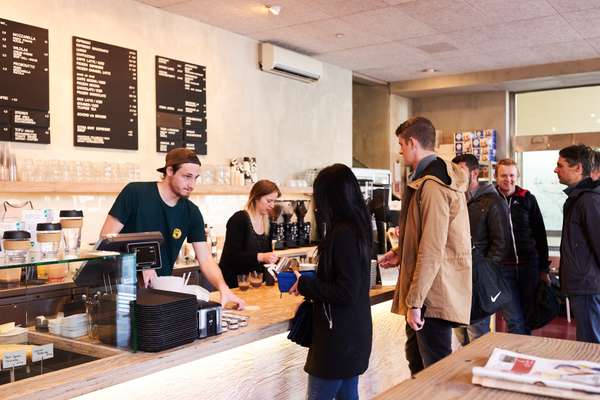
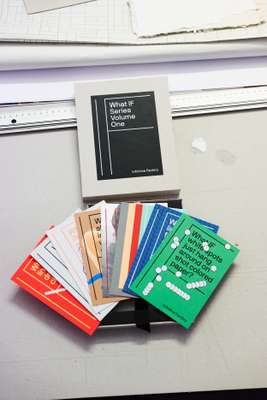
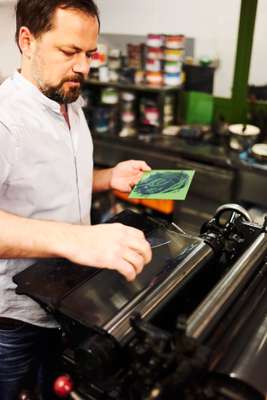
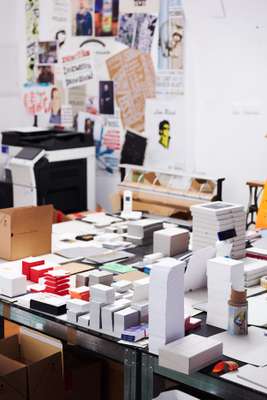
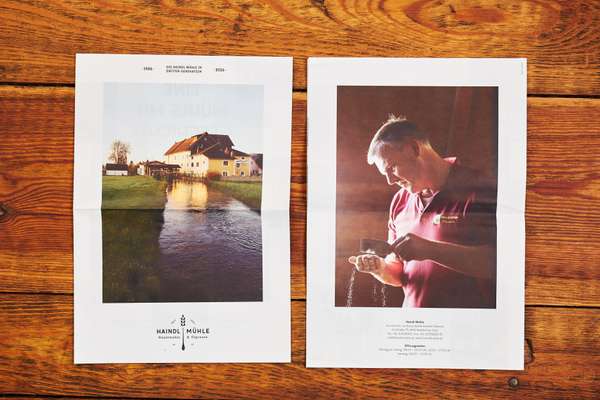
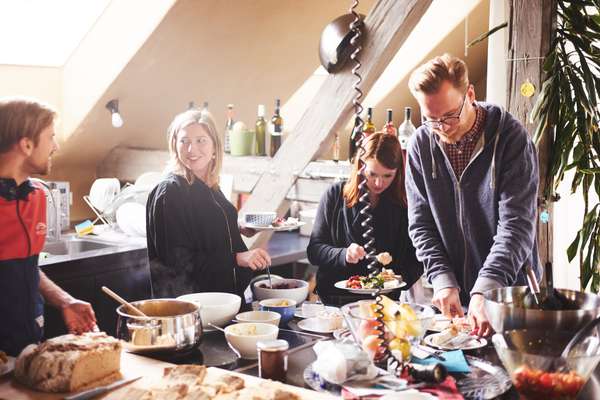
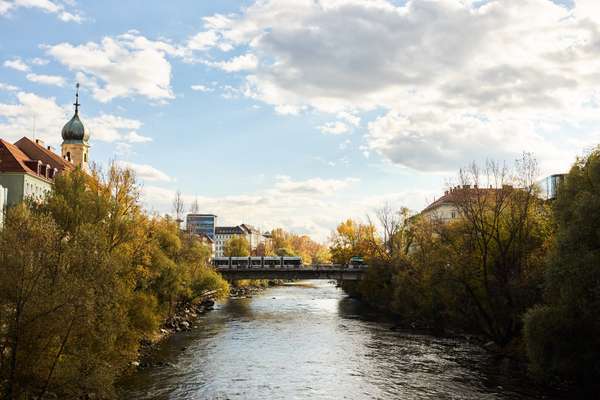
At the crest of the next wave of design talent are two former Moodley staffers: Kurt Glänzer and Josef Heigl of Bruch. Three years into business their portfolio is a sumptuous selection of beautiful print and digital projects. Food books for top South Styrian restaurants are as finely printed as magazines for Adler, one of Austria’s biggest paint brands. Typography purists with a penchant for Swiss style, the pair try to research fonts entirely from classic graphic-design books.
“We have large clients and small clients but we work with a lot of craft-minded businesses who have allowed us to do very creative work,” says Glänzer.
“At some touchpoints it pays off to not be so tight with the brief. Making it a bit more open allows for fresher ideas and clients here have the guts to go that way,” he adds. The Bruch boys are part of a broader movement in the city. Here university graduates are sticking around and in turn sharpening Graz’s competitive edge.
A respect for the old ways among the young rings true across the city’s media landscape too. Graz’s largest Austrian and international pop radio station Antenne Steiermark employs young talent who are working hard to innovate in their chosen profession.
“Radio listening is expanding here,” says head programmer Stephan Legat, from Antenne’s Graz studio. “We were the first private radio station in Styria, we set the benchmark and now we have 250,000 listeners daily.”
Antenne’s parent company Styria Media Group is a force to be reckoned with among Austrian media. It has successfully embraced the digital age while staunchly backing print and radio. Its flagship daily newspaper Kleine Zeitung is published and printed in Graz and is one of the nation’s most popular regional reads. Moving into plush new €37m headquarters in 2015, the company is an attractive prospect for Mitteleuropean talent, from Bratislava to Berlin. “While our target audience are young Austrian families, we do our best to entertain everyone,” says Antenne producer Gregor Sommer.
Gazing out at a group of Graz’s elderly citizens doing the daily Styria Media tower tour, it’s clear that an enthusiasm for the creative industries applies to all ages here. This hasn’t always been the case says Karin Novozamsky, who returned here to start her own branding agency in 2014. “I couldn’t wait to leave when I turned 18,” she says.
Today she can look over the beautiful Mehlplatz square in the city’s centre from her office in a restored mansion, having built success in some of the world’s biggest German-language advertising agencies. She says that her reputation was forged by consistently fighting for creative outcomes for clients. “Design can really put energy into a project; it visualises the concepts and the ideas that a business might always have been aware of but not have been able to articulate,” she says. “When they see the result it gives them a new energy.”
The same can be said for Graz, where creative people have worked hard to turn the general populous onto design. In a city where talent is ripe, Novozamsky says that winning work is getting tougher but the vibe remains welcoming. “The design community here is inspiring and government agencies are building bridges for us to connect with different industries, which makes for the right mixture.”
By the time we bid Graz goodbye we’ve felt the warmth of this close-knit community, sharing homemade curry with the design team at Graz creative agency En Garde and getting stuck into some printing at the city’s busy letterpress studio Infinitive Factory. It’s only been a couple of days but the sun has vanished and winter has suddenly set in. Snowflakes flurry around the airport and a clock-tower bell tolls to tell flyers that it’s time to board. It might seem quaint but there is a feeling that this old city’s best years are yet to come.
Why Graz is good
1. Good long-haul connections via Vienna and Frankfurt
2. You can take the tram to the airport
3. Small-city scale with high quality of life
4. The Adriatic is less than three hours down the Autobahn
5. Good skiing is even closer


